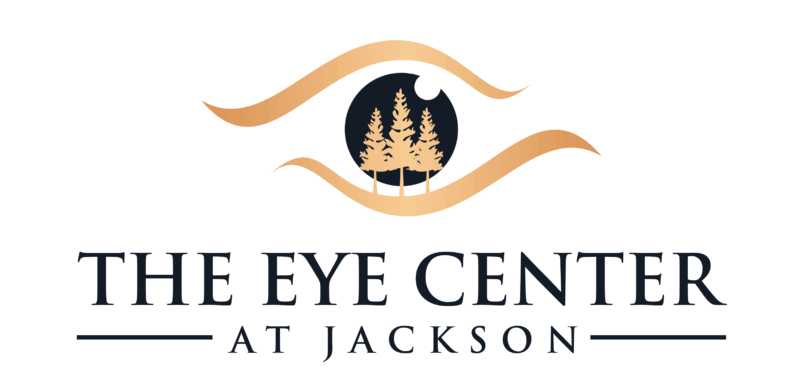Overview
Nuclear sclerosis refers to cloudiness, hardening, and yellowing of the central region of the lens in the eye called the nucleus.
Nuclear sclerosis is very common in humans. It can also occur in dogs, cats, and horses. It usually develops in older peopleTrusted Source. These changes are part of the aging process of the eye.
If the sclerosis and clouding is severe enough, it’s called a nuclear cataract. For vision affected by the cataract, the usual correction is surgery to remove the clouded lens and replace it with an artificial lens.
What are the symptoms?
Age-related nuclear sclerosis alters the focus of the lens for near vision. Blurry near vision caused by age is also called presbyopia. Near vision is used for tasks like reading, working on a computer, or knitting. This can easily be corrected with a pair of reading glasses with the proper prescription to correct for the effect of the lens hardening.
In contrast, nuclear cataracts affect distance vision more than near vision. One effect of cataracts is that they can make driving more difficult. If you have nuclear cataracts, you may have the following symptoms:
- difficulty seeing street signs, cars, the road, and pedestrians while driving
- objects appearing blurry and colors faded
- difficulty seeing things in bright light
- experiencing more severe glare from headlights at night
Your vision may also seem dull or blurry, or occasionally you may have double vision.
Why does it happen?
The material that forms the lens of the eye is composed of proteins and water. The fibers of lens material are arranged in a very orderly pattern, which allows light to pass through.
As we age, new fibers form around the edges of the lens. This pushes the older lens material toward the center of the lens, causing the center to be denser and cloudier. The lens may also take on a yellowish color.
If the nuclear sclerosis is severe enough, it’s called a nuclear cataract. The proteins in the lens start to clump, scattering light instead of allowing it to pass through. Cataracts cause about halfTrusted Source of all blindness in the world, and nuclear cataracts are the most common type.
Cataracts can be a normal part of aging, but they can also occur earlier due to exposure to UV light, smoking, and steroid use. Diabetes is also a risk factor for cataracts.
How is it diagnosed?
An eye doctor, ophthalmologist, or optometrist can check for nuclear sclerosis and cataracts by examining the eye carefully. Clouding and yellowing of the nucleus may be identified during a routine eye exam. That’s why it’s important to have your eyes checked yearly, even if you don’t have any noticeable problems with your vision.
Several tests are helpful for diagnosing nuclear sclerosis and nuclear cataracts:
- Dilated eye exam. During this exam, the doctor puts drops in the eyes to make the pupils open (dilate). That makes it possible to see through the lens and into the interior of the eye, including the light-sensing retina in the back of the eye.
- Slit lamp or biomicroscope exam. In this exam, the doctor shines a thin beam of light into the eye to make it possible to carefully examine the lens, the white part of the eye, the cornea, and other structures in the eyes.
- Red reflex text. The doctor bounces light off the surface of the eye and uses a magnifying device called an ophthalmoscope to look at the reflection of the light. In healthy eyes, the reflections are a bright red color and look the same in both eyes.
Treating this condition
Age-related nuclear sclerosis doesn’t require surgery, just a good pair of reading glasses. If the hardening and cloudiness turns into nuclear cataracts, your vision and condition will slowly worsen over time. But it may be years before you need to have the lenses replaced.
You may be able to delay nuclear cataract surgery if your vision isn’t affected by following these tips:
- Keep your eyeglass prescription up to date.
- Avoid night driving.
- Use stronger lighting to read.
- Wear anti-glare sunglasses.
- Use a magnifying glass to help with reading.
Serious complications of cataract surgery are uncommon. If complications do occur, they can lead to vision loss. Complications may include:
- infection
- swelling inside the eye
- improper positioning of the artificial lens during the surgery
- artificial lens that shifts position
- retina detachment from the back of the eye
In some people, the pocket of tissue in the eye that holds the new lens in place (posterior capsule) can become cloudy and impair your vision again following cataract surgery. Your doctor can correct this by using a laser to remove the cloudiness. This allows light to travel through the new lens unimpeded.
Outlook for nuclear sclerosis
Age-related changes like nuclear sclerosis don’t require drugs or surgery. The lens hardening can impair near vision, but this can be corrected with reading glasses. If the hardening of the lens progresses to cataracts, replacing the lenses through surgery is generally safe and reverses vision loss.
Tips for eye health
As you get older, it’s important to have regular comprehensive eye exams to catch conditions like nuclear sclerosis and cataracts early. If you notice changes in your vision, especially sudden changes, have an eye exam.
The American Academy of Ophthalmology recommends that you get a baseline eye examination at age 40 or sooner if you are at higher risk because of:
- diabetes
- high blood pressure
- a family history of eye diseases
People 65 and older who are at average risk for eye conditions should be checked every 1 to 2 years, as recommended by your doctor. Comprehensive eye exams take 45 to 90 minutes and are usually covered by medical insurance.
Also important in helping to slow down lens changes is to wear sunglasses and avoid smoking.
Credits to the original article: https://www.healthline.com/health/nuclear-sclerosis?utm_source=ReadNext

